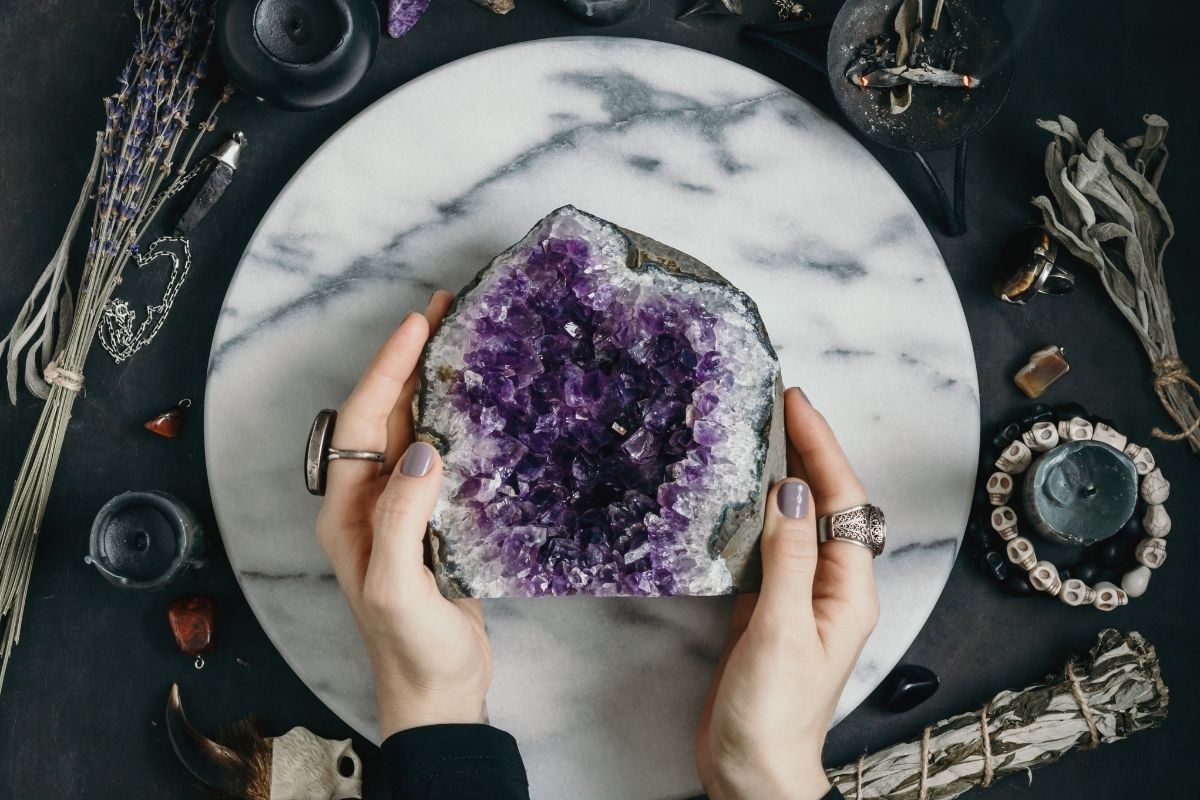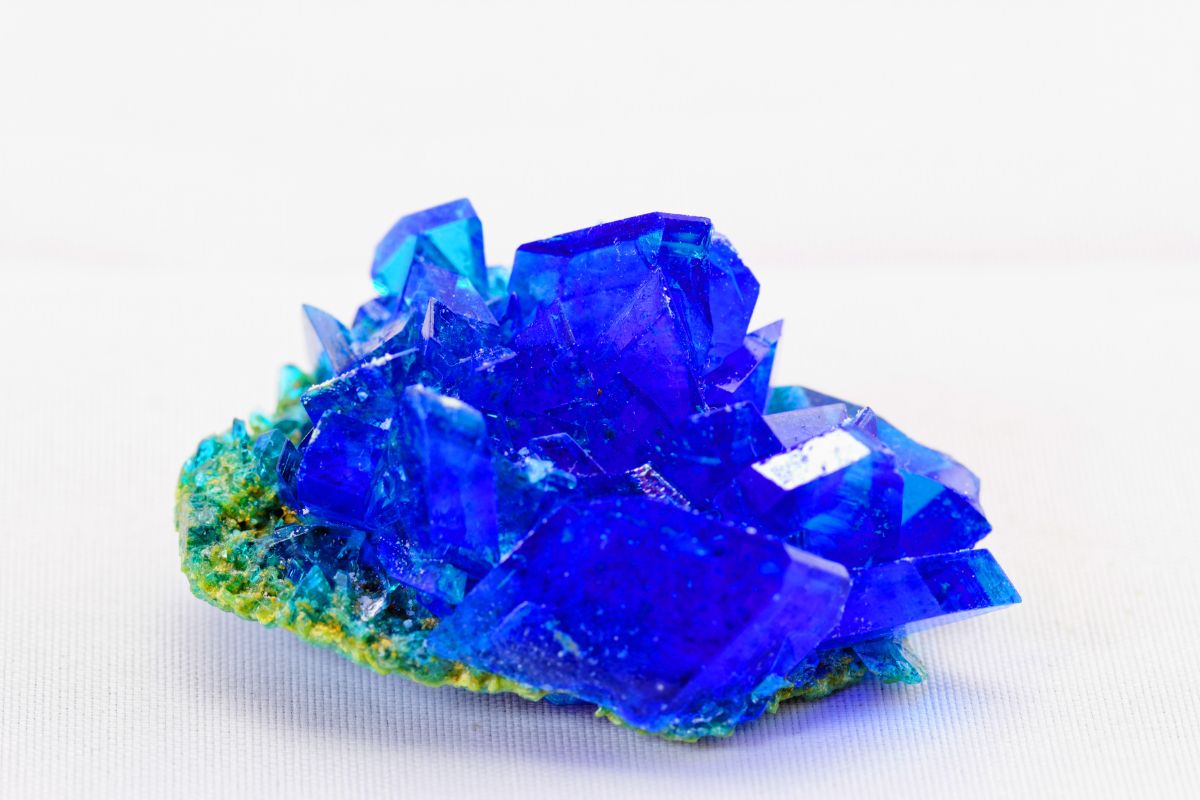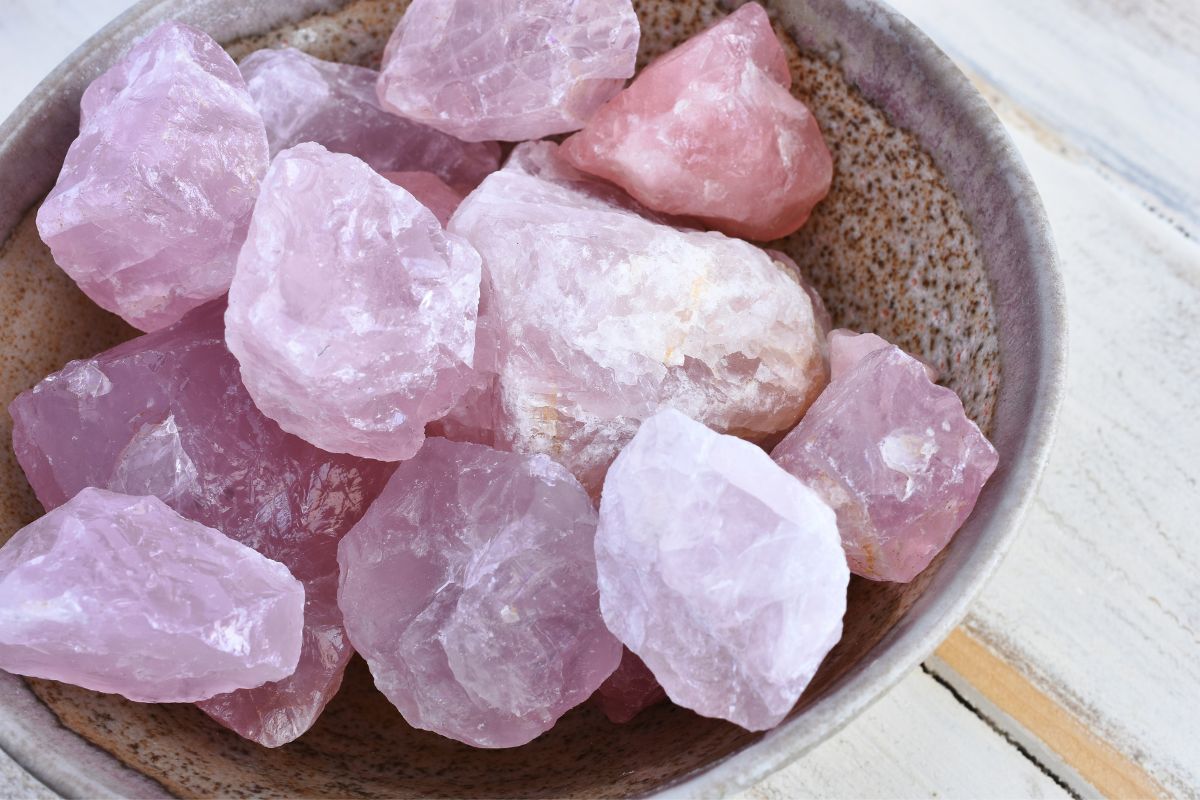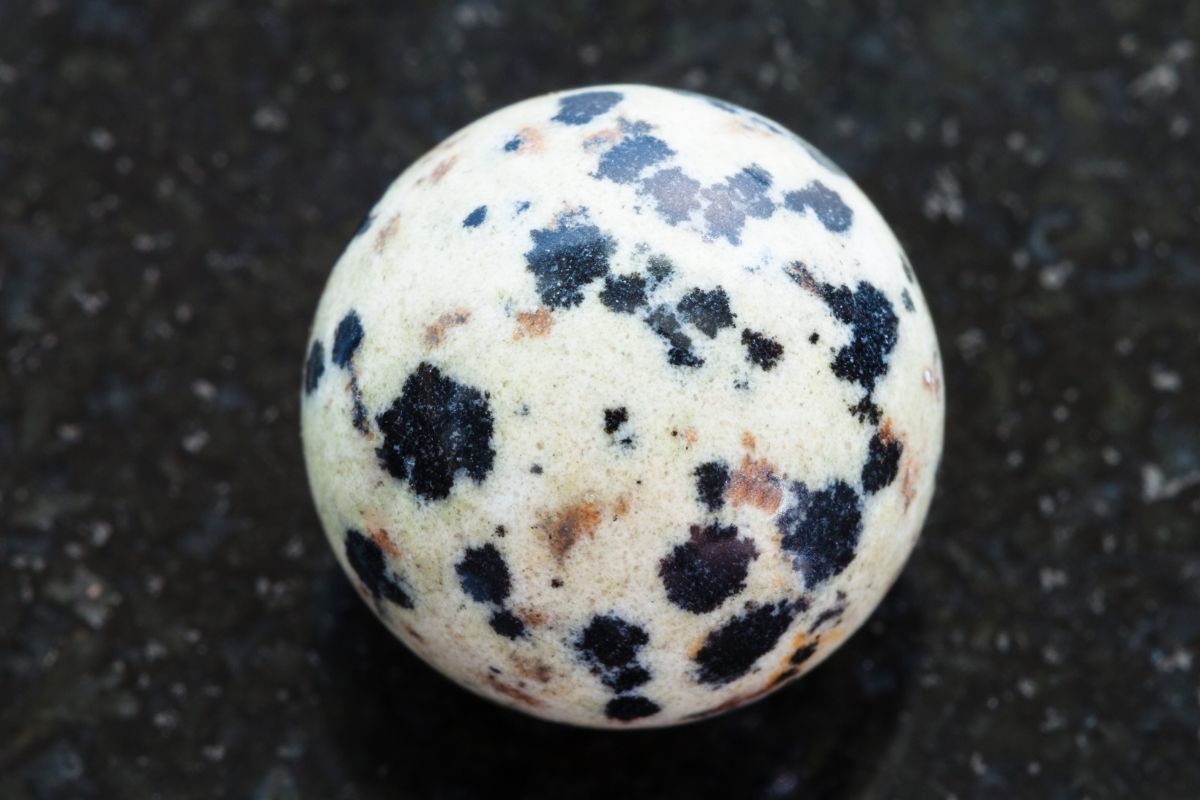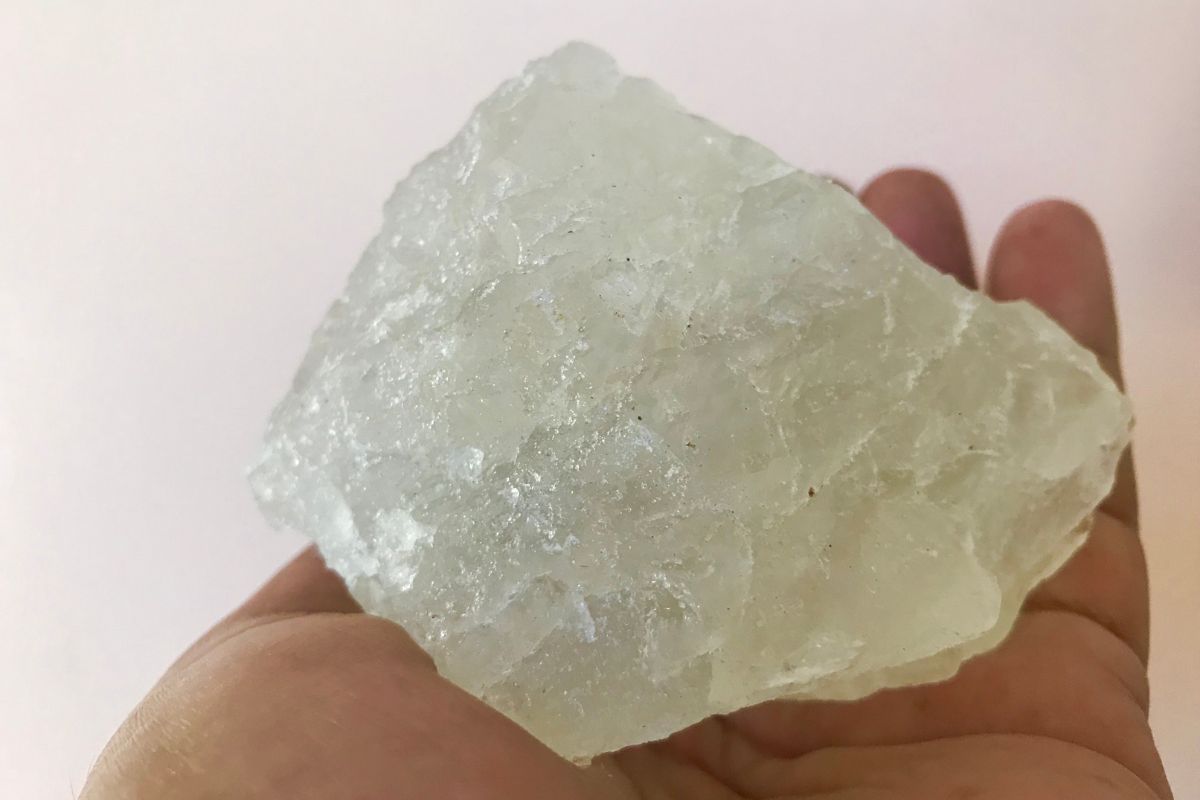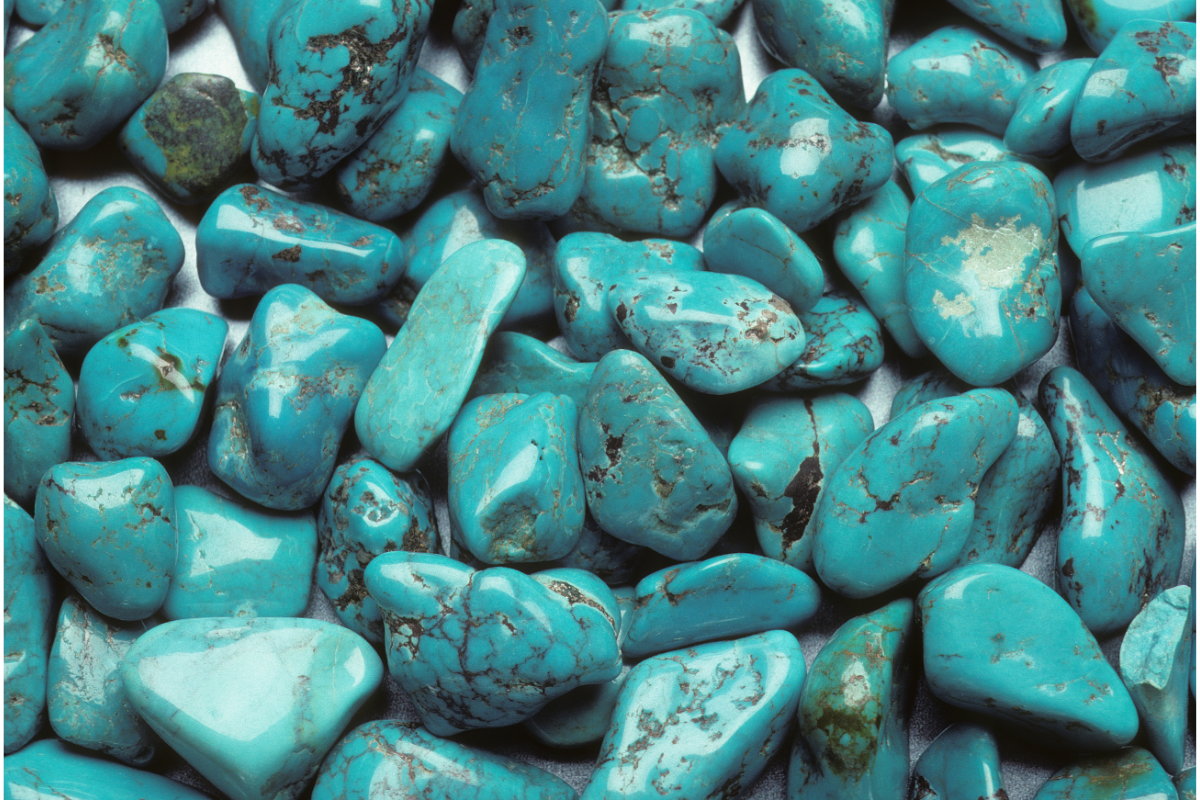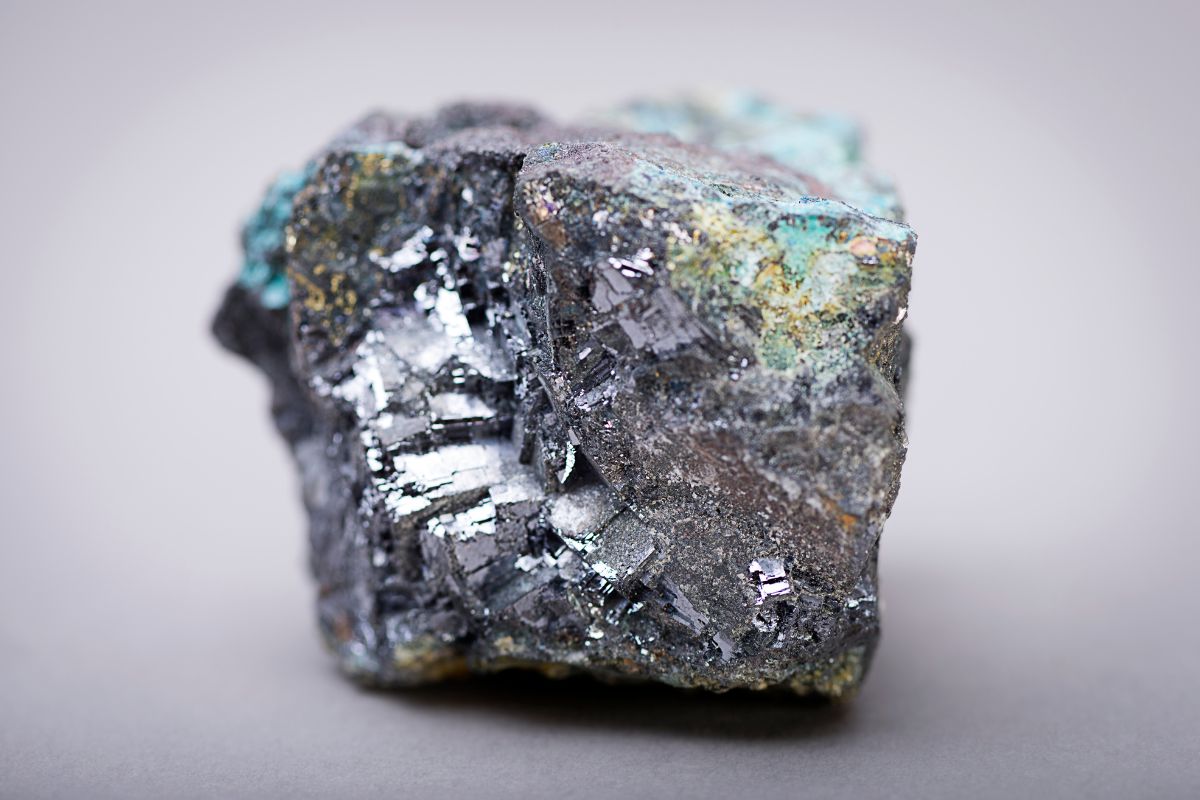Adventurine is a unique kind of quartz that is well-loved by many humans across the world because of its bright green color and cool shimmering effect.
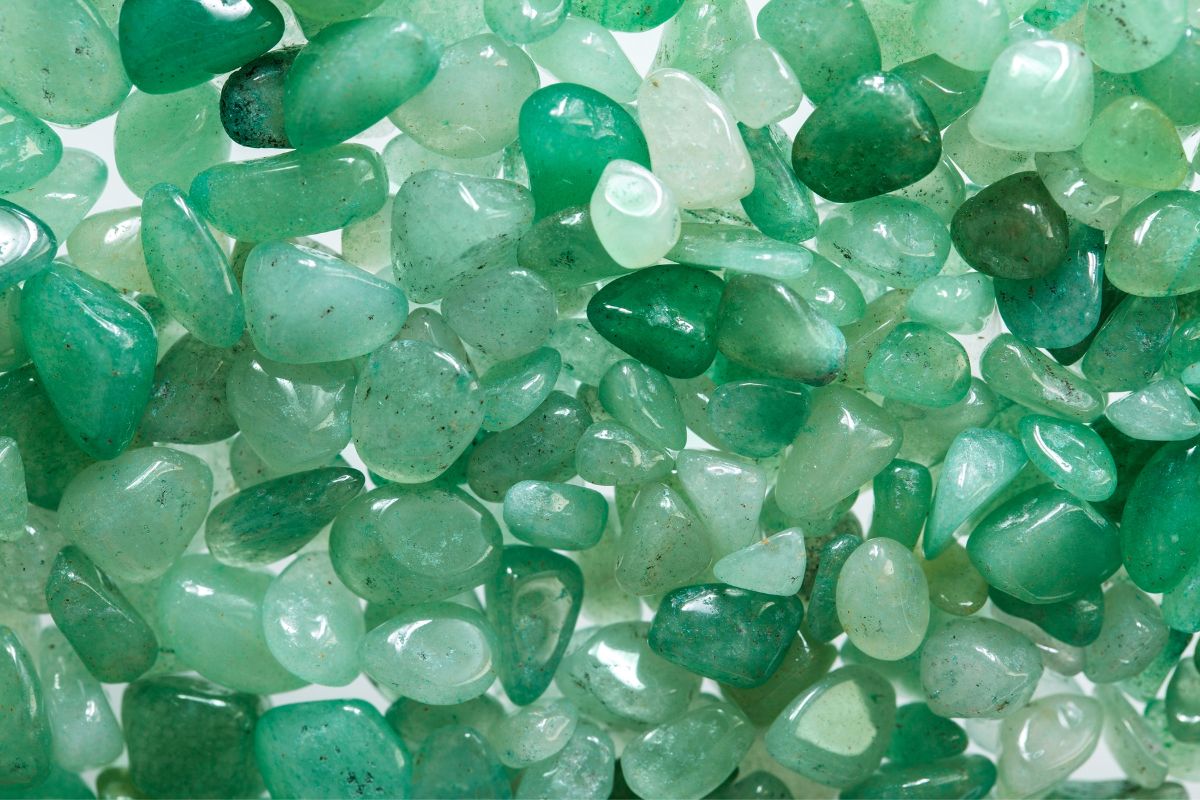
Since its discovery a long time ago it has been used for decorative purposes, with many humans buying it every year. You might be wondering about this stone—what it is, how you can use it, and whether or not it’s safe to put in water.
If you’re trying to figure these things out, then you’ve come to the right place! In this article, we’re going to take you through everything there is to know about green aventurine and water. We’ll also take you through some other important facts about this beautiful stone.
What Is Green Aventurine?
Green Aventurine is a type of mineral classified as silicon dioxide. It is a member of the quartz family and was first discovered in 1837. Although it is traditionally known as green, it can have small variations in color depending on its composition.
Any impurities can change the way it appears to us. The most common, green kind of adventurine is made that way because of fuchsite particles, which give it it’s coloring. A lot of the world’s green adventurine deposits are located in India.
The stone was given a name soon after its discovery, taking the Italian words ‘a ventura’ which roughly translates to ‘by chance.’ You’ll most commonly find adventurine used in jewelry and decorative art like sculptures and statues.
Can Adventurine Go In Water?
So let’s say you’ve gotten hold of some adventurine stones and you’re considering placing them in a bed of water.
Mixing minerals with water can sometimes be dangerous, as the chemical reaction (particularly with minerals that contain high amounts of copper) could then make the water toxic to humans. Thankfully, green adventurine is actually safe for water.
First off, because of its high Mohs scale rating, the minerals will survive in water and you won’t notice any obvious discoloring. The Mohs scale is something we used to determine a mineral’s strength, also sometimes called the Mohs hardness scale.
If a stone has a Moh rating of over 5.0, it will be safe to place in water. Adventurine has a 6.5 rating, meaning that it won’t scratch or change when immersed. So now you might be wondering about how long it’s safe to keep an adventurine stone in water.
Although we’ve established that getting adventurine wet won’t do all that much damage, you might be wondering what happens when you place it in water for a long period of time.
Most minerals will undergo some amount of weathering/change when submerged in water for a long time. For this reason, you’re going to want to avoid immersing any stones you have unless you want them to discolor.
This discoloration happens because water is slowly able to enter the stones through tiny cracks. At first, it may not do much to damage them, but if you leave them you’ll eventually notice some big changes in stability and color.
What About Aventurine In Salt Water?
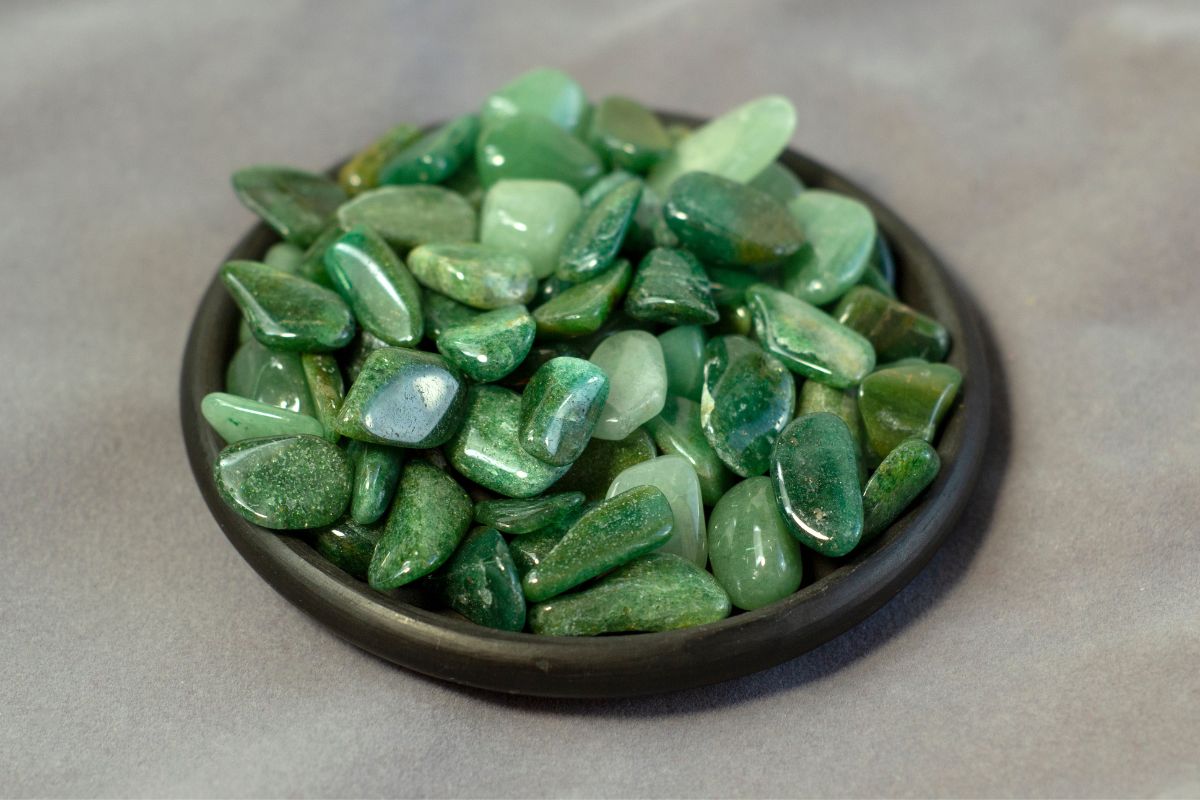
Saltwater makes this corrosion even worse. Salt can sometimes cause bad damage to minerals because it reacts badly with the composition of the stone.
You should always be careful whenever placing a mineral in salt water, as there is more chance of damage to the stones. This is the same with any kind of water with added chemicals.
Is Green Adventurine Safe For Fish Tanks?
You may be wondering if it’s safe to put green adventurine in a fish tank. Decorative stones such as this can do wonders with the aesthetics of your aquarium, but you always have to be careful when introducing something into a living habitat.
In fresh water aquariums, we can generally say that green adventurine is safe. However, you should abide by our earlier warning of the degradation of these stones over time if you place them in water.
If you are looking to place adventurine in your fish tank, you’re going to need to make sure two conditions are met:
- You don’t mind the stones becoming damaged/discolored.
- They don’t contain any chemicals that are dangerous to living fish.
If you can find green adventurine that is safe for aquariums, then there will be no problem with introducing it to your underwater habitat. However, you need to make sure that these rocks haven’t been treated with any chemicals that can be dangerous to fish.
Because it can be difficult to determine how safe adventurine is for fish, we would generally suggest using regular aquarium stones instead.
Final Thoughts
In short, green adventurine is safe to place in water for short amounts of time. If you have some old adventurine that needs cleaning, you’ll be perfectly safe to clean it with water.
However, you have to avoid submerging it in water for long periods of time, and completely avoid immersing it in salt water. Providing you do this, you’ll ensure that your stones stay their regular, beautiful green color.
We hope that this article has helped explain to you whether or not it’s safe to place green adventurine in water, and that you’re now a lot more confident about the whole process. If you still have some questions, make sure to keep reading for our short FAQ section below.
Frequently Asked Questions
Is Green Adventurine Lucky?
When it comes to crystals, luck is usually associated with those that are the rarest and most beautiful.
Because green crystals are uncommon in the world, the color is commonly associated with luck. This is why adventurine has been often gifted as a stone that promotes luck!
Can Green Adventurine Be Charged With The Sun?
When used for spiritual reasons, some people believe that green adventurine can be imbued with light in order to enhance its spiritual properties. Spiritual healers suggest using moonlight. Smoke, or sunlight to help it recharge.
- 15 Crystals That Cannot Be Exposed To The Sun - January 7, 2024
- Malachite Vs Fuchsite – Benefits And Uses - January 7, 2024
- Malachite Vs. Green Jasper: Benefits And Uses - January 7, 2024


